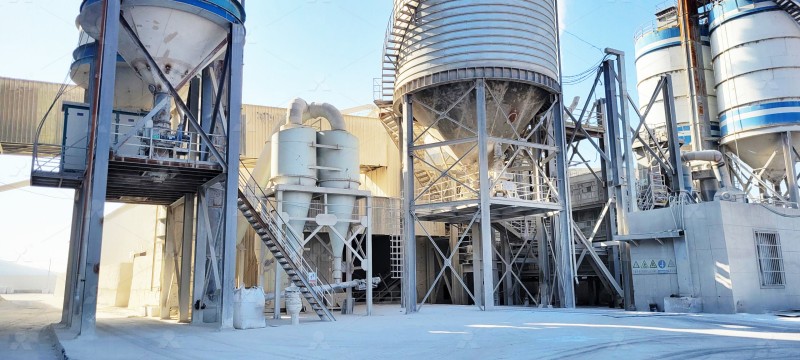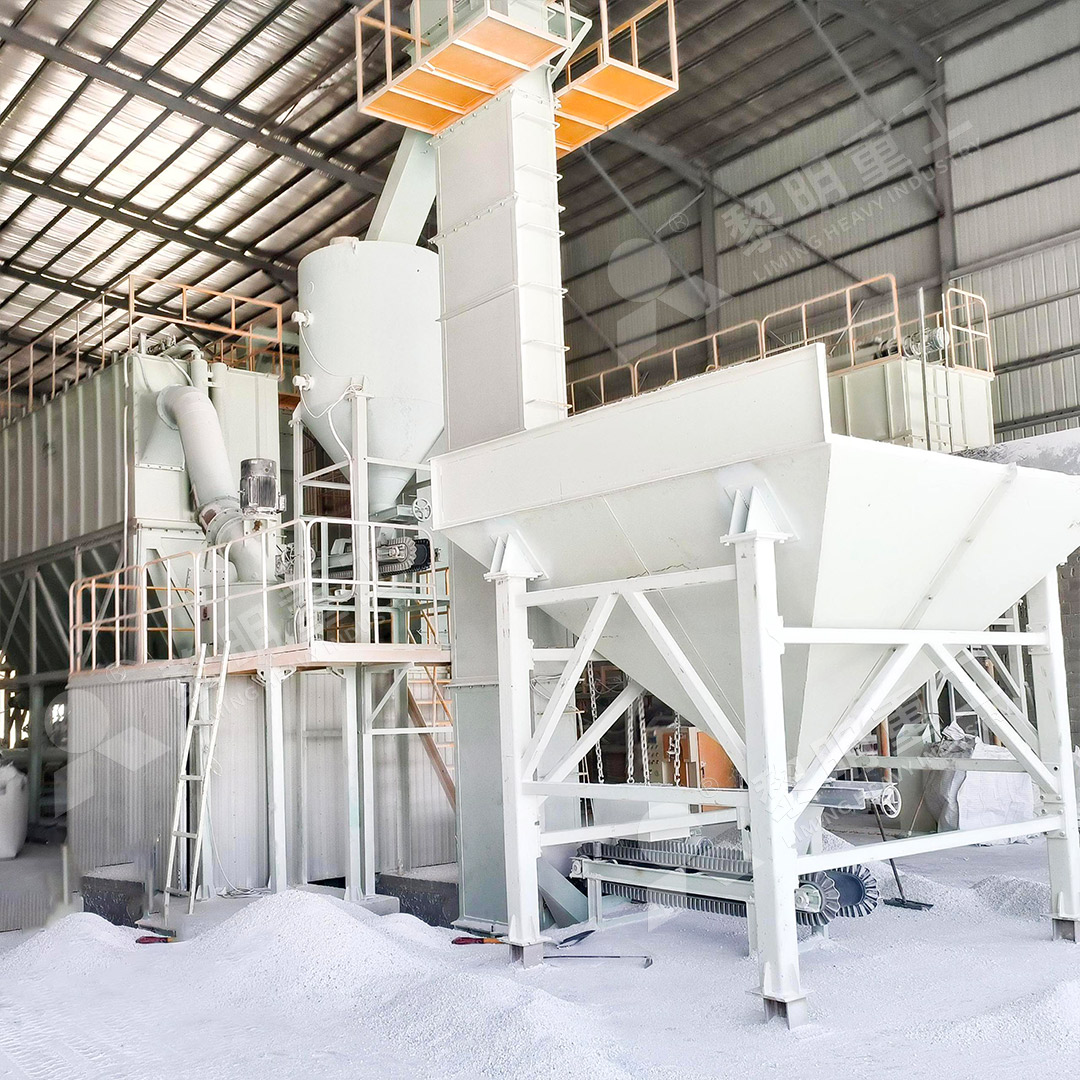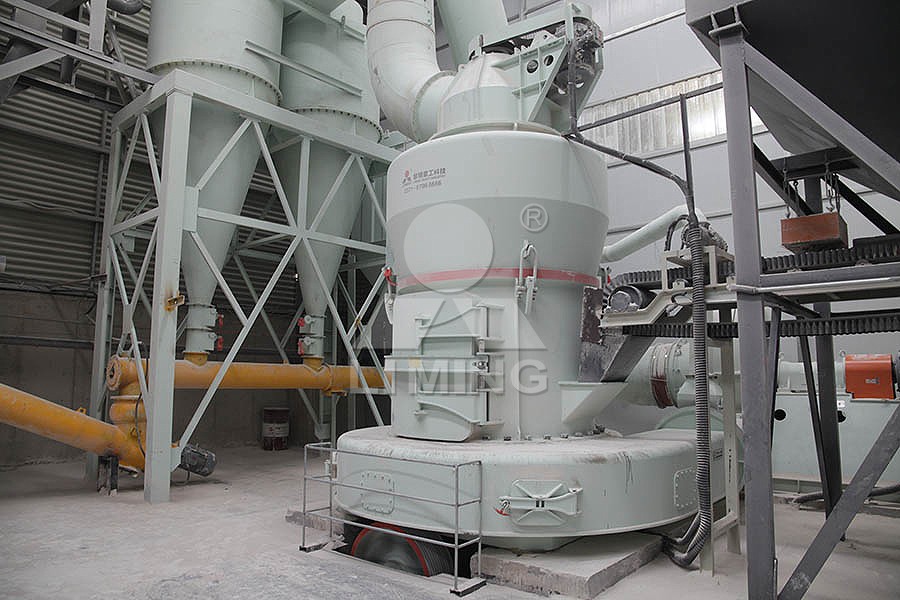Animal Feed Mill Equipment: A Comprehensive Guide for Livestock Farmers
Animal Feed Mill Equipment: A Comprehensive Guide for Livestock Farmers
As a livestock farmer, you understand that quality feed is the cornerstone of animal health and productivity. The right feed mill equipment can make all the difference in creating nutritious, digestible, and cost-effective feed for your operation. Modern grinding technology has evolved significantly, offering farmers unprecedented control over particle size, nutritional consistency, and operational efficiency.
Proper feed processing begins with understanding your specific livestock requirements. Different animals have distinct digestive systems that respond best to particular particle sizes. Poultry, for instance, benefits from medium-coarse grains, while swine requires finer grinding for optimal nutrient absorption. The equipment you choose must accommodate these varying needs while maintaining operational reliability.
The Importance of Particle Size in Animal Nutrition
Particle size directly impacts animal digestion, feed conversion rates, and overall health. Finely ground feed increases surface area for enzymatic action, improving nutrient absorption. However, excessively fine particles can cause digestive issues in some livestock. Finding the perfect balance requires equipment capable of precise particle size control.

Modern feed mills must also address environmental concerns. Dust control isn’t just about workplace safety—it’s about protecting your animals from respiratory issues and ensuring regulatory compliance. Advanced grinding systems now incorporate sophisticated dust collection and noise reduction features that make them suitable for installation near livestock facilities.
Advanced Grinding Solutions for Modern Farms
For operations requiring ultra-fine grinding capabilities, the MW Ultrafine Grinding Mill represents a significant technological advancement. With an input size capacity of 0-20 mm and throughput ranging from 0.5 to 25 tons per hour, this equipment is ideal for farmers producing specialized feeds or value-added products.
The MW Ultrafine Grinding Mill stands out for its exceptional energy efficiency, consuming approximately 30% less energy than conventional jet mills while achieving 40% higher production capacity. Its adjustable fineness between 325-2500 meshes allows farmers to create custom feed formulations for different livestock stages—from starter feeds to finishing rations.

What makes this equipment particularly valuable for livestock operations is its innovative design that eliminates rolling bearings and screws in the grinding chamber. This reduces maintenance concerns and prevents contamination from loose components—a critical consideration for feed safety. The integrated pulse dust collector ensures dust-free operation, protecting both workers and animals.
Vertical Grinding Technology for Diverse Applications
For operations processing multiple feed types, the LUM Ultrafine Vertical Grinding Mill offers remarkable versatility. Handling input sizes up to 10 mm with capacities between 5-18 tph, this system excels at processing various grains and protein sources commonly used in animal feed formulations.
The LUM mill’s multi-head powder separating technology enables precise control over particle distribution, while its reversible structure simplifies maintenance—an important feature for operations that cannot afford extended downtime. The electronic and mechanical limiting protection technologies ensure stable operation even with varying material densities.
Making the Right Equipment Choice
Selecting feed mill equipment requires careful consideration of your specific needs:
- Livestock type and nutritional requirements
- Production volume and scalability needs
- Available facility space and power infrastructure
- Maintenance capabilities and technical support availability
- Environmental regulations and community considerations

Both the MW and LUM grinding systems feature digitalized processing for higher precision and come with comprehensive technical support and spare parts availability. This ensures that your feed production remains consistent and reliable throughout the equipment’s lifespan.
Frequently Asked Questions
What particle size is ideal for poultry feed?
Poultry typically benefits from medium-coarse particles between 600-900 microns. The MW Ultrafine Grinding Mill can easily achieve this range while maintaining consistent particle distribution.
How important is energy efficiency in feed mill operations?
Extremely important. Energy costs can represent up to 30% of total feed production expenses. The MW Ultrafine Grinding Mill’s 30-40% energy savings compared to conventional mills directly impacts operational profitability.
Can the same equipment process different types of grains?
Yes, both recommended mills handle various grains including corn, wheat, barley, and soybean meal. The LUM Vertical Grinding Mill particularly excels at switching between different materials with minimal adjustment time.
What maintenance should I expect with ultrafine grinding equipment?
Modern designs like the MW Ultrafine Grinding Mill require minimal maintenance thanks to features like external lubrication systems and the absence of internal rolling bearings. Regular inspections and preventive maintenance typically suffice.
How does particle size affect animal digestion?
Proper particle size increases surface area for enzymatic action, improving nutrient absorption by 5-15% depending on the livestock species and feed formulation.
